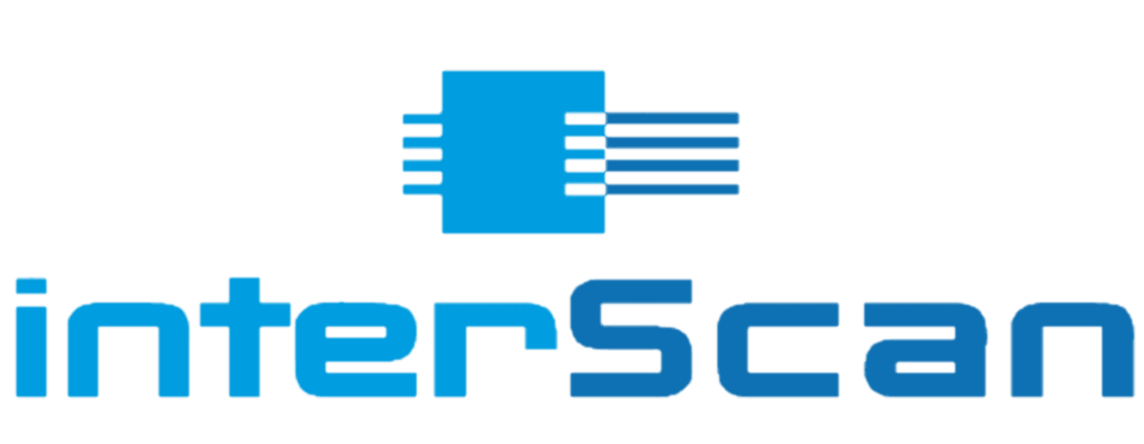Learn more about JetStream AI with this Service Bureau Case Study.
Centralized Scanning
Benefits of centralized scanning
Improved efficiency
Centralized scanning allows organizations to consolidate their scanning processes into a single location, making it easier to manage and control the scanning workflow. This can improve efficiency by reducing the time and resources required to manage scanning operations.
Centralizing scanning operations can help organizations reduce costs by eliminating the need for multiple scanning locations, reducing manual labor, and lowering paper storage costs.
Improved document management
Centralized scanning allows organizations to store, organize, and retrieve scanned documents in a centralized digital repository. This can improve document management by making accessing, searching, and sharing documents across different departments and locations easier. Centralized scanning can improve the accuracy and quality of scanned documents by providing consistent scanning parameters and procedures. This can help eliminate errors and improve data quality.
Enhance security
By providing a controlled environment for scanning and storing sensitive documents. By keeping all scanning operations in a single location, organizations can ensure that scanning equipment and software is up-to-date and that proper security measures are in place to protect against unauthorized access. It allows organizations to implement access controls, ensuring only authorized personnel can access sensitive documents. This can help prevent unauthorized access and protect the confidentiality of sensitive information.
Centralized scanning can provide an audit trail of who accessed what document and when. This can help organizations identify and investigate suspicious activity and track document usage to ensure compliance with internal policies and external regulations. It can also encrypt scanned documents, protecting them during transmission and storage. This can help prevent unauthorized access and protect against data breaches. Centralized scanning can also provide physical security measures, such as video surveillance and secure storage, to protect against theft or damage to sensitive documents.
Benefits
Centralized scanning can help organizations streamline their scanning processes, improve efficiency, reduce costs, and enhance document security and management. By consolidating scanning operations into a single location, organizations can achieve better control and consistency in their scanning workflows. Centralized scanning can also provide a secure and controlled environment for scanning sensitive documents, which can help protect against unauthorized access and improve data quality. Additionally, by storing scanned documents in a centralized digital repository, organizations can improve document management and make it easier to access and share documents across different departments and locations.
How To Implement Centralized Scanning
Implementing centralized scanning involves several steps, and the process can vary depending on the size and complexity of your organization. Below are some general steps to consider when implementing centralized scanning.
Centralized Scanning Implementation Steps
- Define your scanning requirements: Define your scanning requirements, such as the types of documents you need to scan, the volume of documents, the required image quality, and the desired file formats. This will help you select the appropriate scanning equipment and software.
- Select your scanning equipment and software: Once you have defined your scanning requirements, select the appropriate one. Consider factors such as scanning speed, document handling capabilities, image quality, software features, and overall cost of ownership.
- Design your scanning workflow: Design a workflow that suits your business needs and processes. This should include a clear and well-defined process for collecting, sorting, scanning, indexing, and storing documents.
- Train your staff: Provide training on operating the scanning equipment, software, and workflow. This will ensure everyone is familiar with the scanning process and can perform their duties efficiently.
- Test your scanning process: Conduct thorough testing to ensure reliability and accuracy before implementing your scanning process. Test your equipment, software, and workflow to identify and address issues before going live.
- Monitor and optimize your scanning process: Once it is live, monitor it closely to identify any areas for improvement. Use performance metrics to track your scanning process's success and make necessary adjustments.
Implementing centralized scanning requires careful planning, preparation, and execution. Following these steps ensures that your scanning process is efficient, accurate, cost-effective, and meets your organization's needs.
Request a Demo
We are excited to answer any questions and can provide virtual demonstrations, document testing and free trials.
